Specifically, Circular 02/2014/TT-NHNN stipulates:
- “Damaged money printing paper” is money printing paper that does not meet the technical requirements of the State Bank, specifically:
a) Paper is defective during the production, packaging and transportation process of the supplier such as not meeting technical specifications (size, quality...), being damp, sticky, torn, or missing corners;
b) Paper damaged during storage such as labels damaged due to high humidity, wetness, or tearing that do not meet technical standards for printing;
c) Paper is damaged during the printing process due to equipment errors or machine operation errors such as being torn, rolled, crushed, or dirty;
d) Damaged printed paper discarded at production stages due to failure to meet technical standards;
d) Money printing paper is damaged due to other causes.
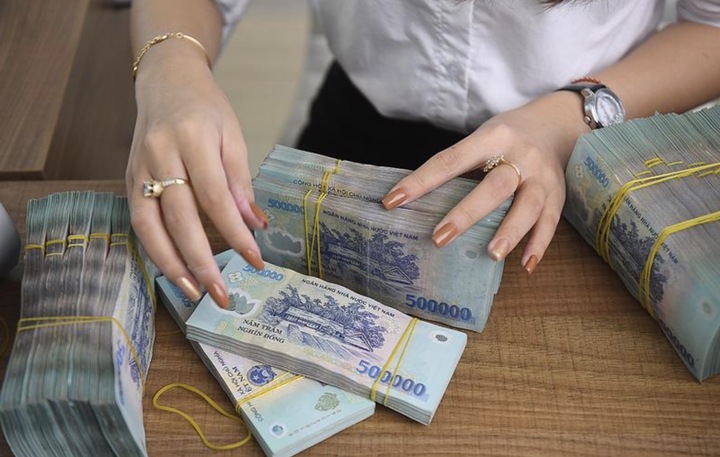
Illustration photo: VnEconomy.
In the process of producing currency, defective banknotes are sheets of paper that do not meet quality standards and are discarded before the money is released to the market. There are many different types of defective banknotes, depending on the cause of the paper not meeting the requirements. Below are some common types of defective banknotes.
First, the damaged banknotes may be defective due to the paper material. The currency is printed on special paper that is durable and contains security elements. If the paper material does not meet the standards of durability, thickness or has stains or scratches, the paper will be discarded.
Second, printing errors are also a common cause of damaged banknotes. During the printing process, errors such as misprints, uneven colors, or missing security details may occur. These errors cause the banknote to fail quality standards and become unusable.
Third, damaged banknotes can be caused by technical errors during the manufacturing process. These errors include uneven cutting, chipped edges, or folded or wrinkled sheets of paper during the manufacturing process. These technical errors also disqualify the paper from being used as currency.
Finally, damaged banknotes include notes with security flaws. Currency often contains security features such as security strips, watermarks, and embossing to prevent counterfeiting. If these security features are not printed properly or are incorrect, the note is discarded.
In general, defective banknotes include many different types of defects, from paper materials, printing and processing to security factors. Strict quality control during the production of currency ensures that only the highest quality banknotes are released into the market. Unsatisfactory banknotes are discarded and destroyed to ensure the safety and security of the financial system.
Source: https://vtcnews.vn/giay-in-tien-hong-gom-nhung-loai-nao-ar904538.html




![[Photo] Visiting Cu Chi Tunnels - a heroic underground feat](https://vstatic.vietnam.vn/vietnam/resource/IMAGE/2025/4/8/06cb489403514b878768dd7262daba0b)



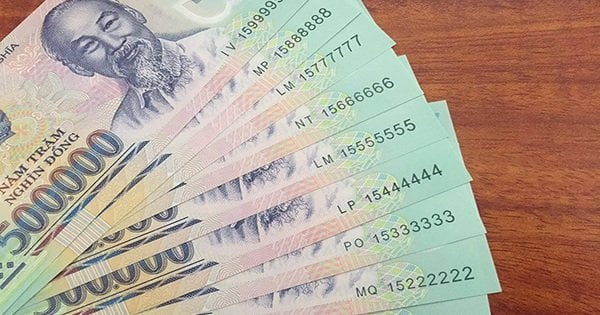

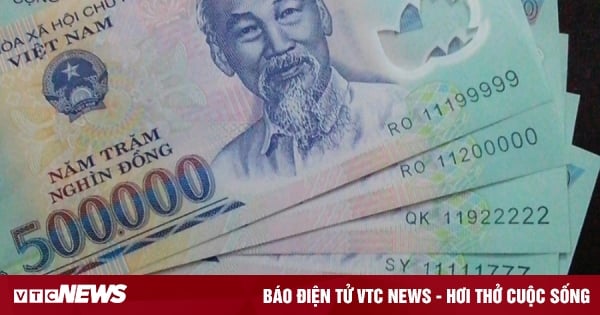

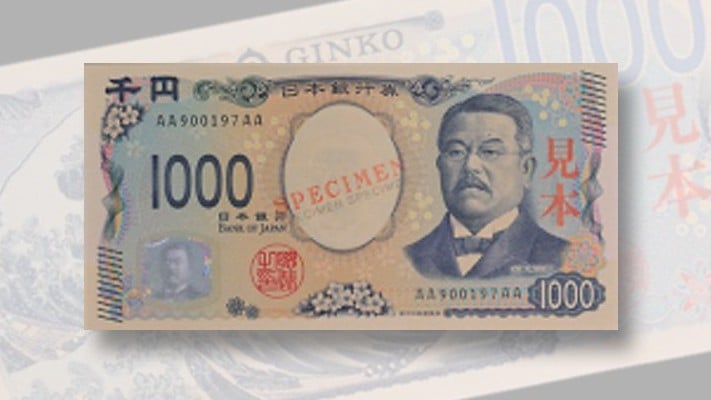






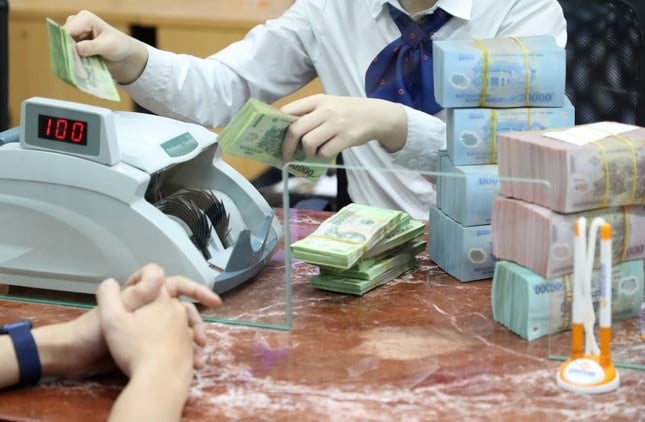



























































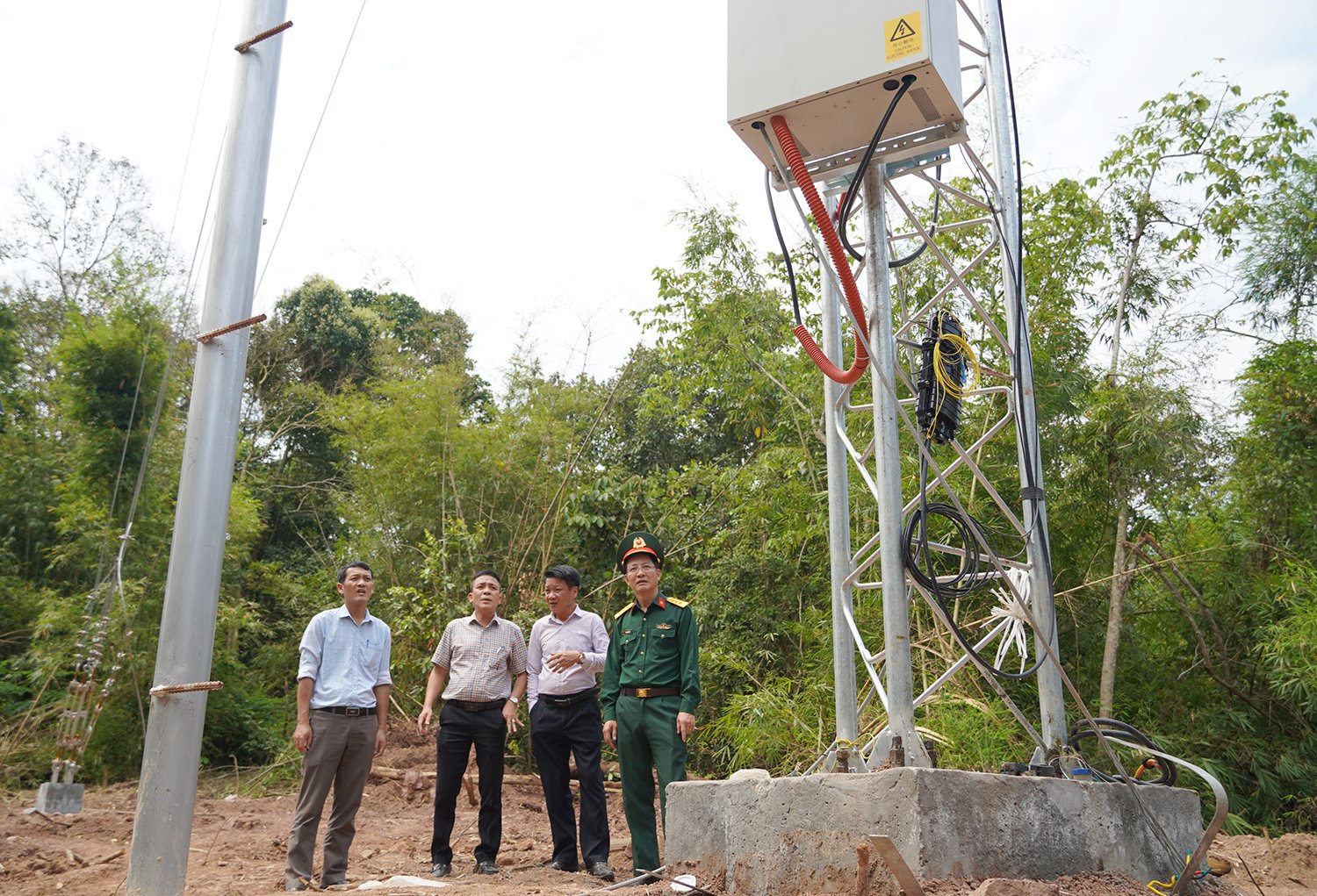













Comment (0)